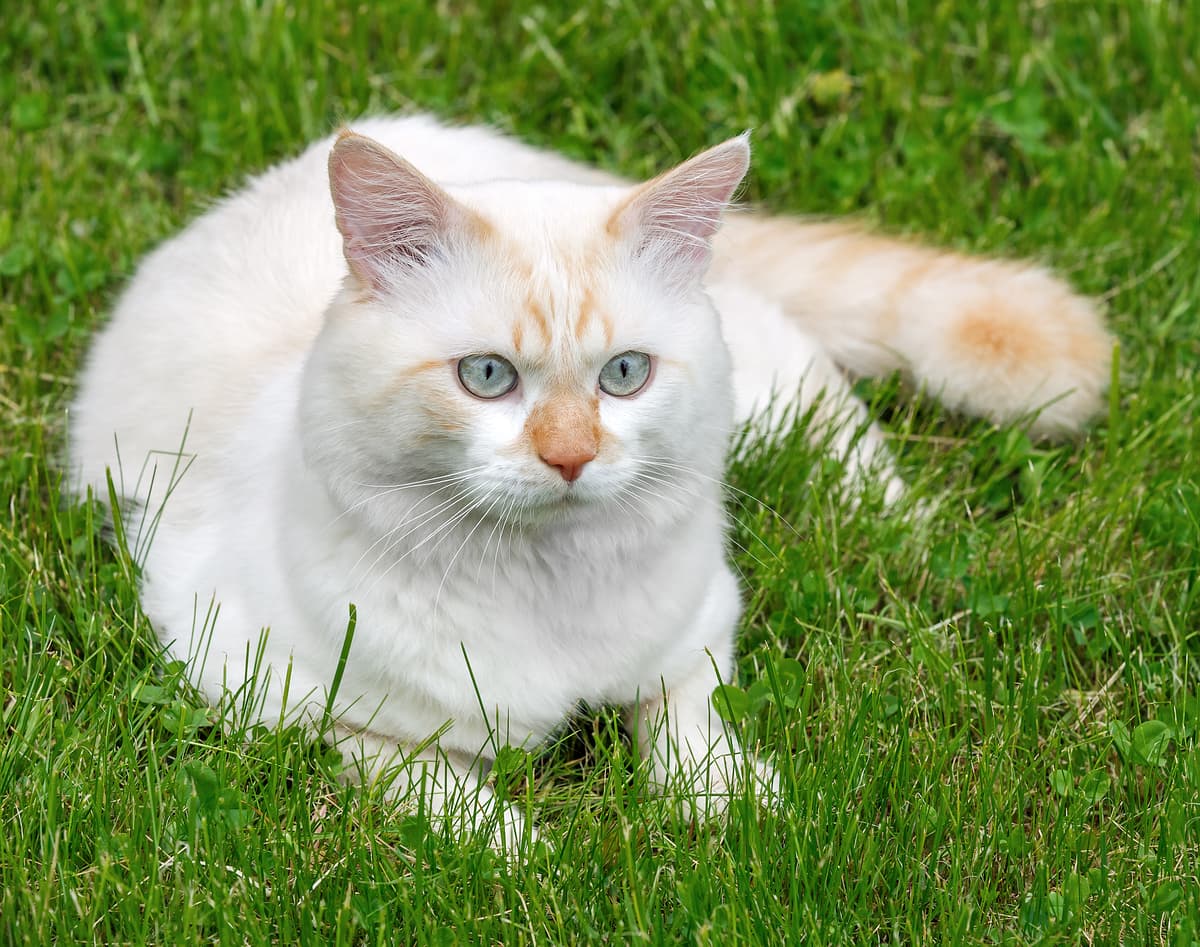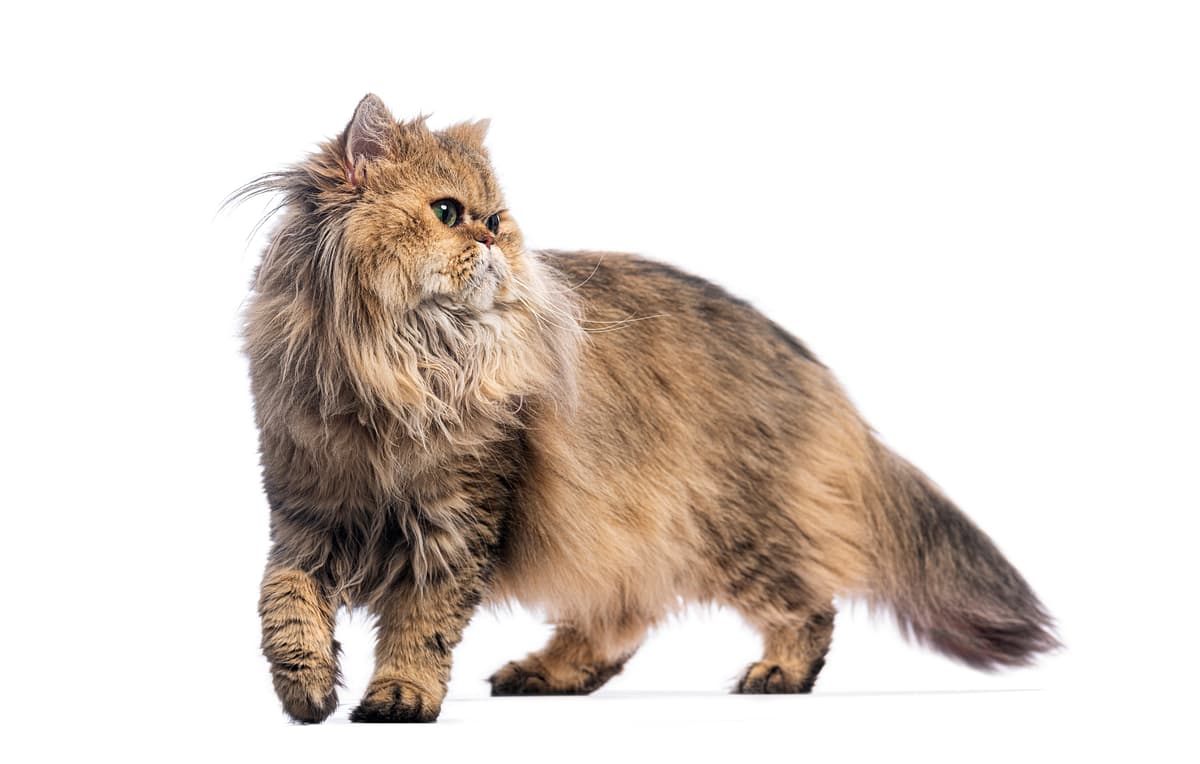Turkish Van vs Persian
Discover the differences between Turkish Van and Persian to make the best choice for your situation.
Try different breeds

Turkish Van
Playful, curious, and known for a love of water, this breed forms strong bonds with families. Distinctive semi-longhaired coats and energetic personalities make them lively companions.

Persian
Luxurious long fur, expressive eyes, and a calm presence define this affectionate breed. Persian cats thrive as gentle companions, bringing quiet elegance to any home.
Quick comparison
Large
5–9 kg
Semi-longhaired, water-resistant
12–17 years
4–7 kg
High energy
Medium
3.5–6.0 kg
Longhaired, dense undercoat
12–17 years
3.0–5.5 kg
Low activity needs
Personality & behavior
Compare the personality traits and behavioral characteristics of both breeds.
Turkish Van
Affectionate but may prefer select family members
Learns quickly and solves simple problems
Highly active and energetic throughout the day
Loves interactive games and chasing toys
Adjusts well to new environments and routines
Persian
Affectionate and gentle with family members
Learns routines but not highly problem-solving
Prefers lounging over being active
Enjoys quiet play, not very lively
Adjusts to change but prefers stability
Care needs
Exercise, grooming, and daily care requirements
Turkish Van
Hypertrophic cardiomyopathy, deafness
Persian
Polycystic kidney disease, respiratory issues
Suitability
How well each breed fits different living situations and families
Turkish Van
Challenging for beginners
Turkish Vans are active and independent, which may be overwhelming for new owners
Needs more space
Their high energy and playfulness can be difficult in smaller apartments
Highly suitable
They enjoy interactive play and thrive in busy, active environments
Good with supervision
They can be gentle but may play too roughly for very young children
Selective tolerance
Turkish Vans may get along with other pets if introduced carefully
Not recommended
They dislike being left alone for long periods and may become destructive
Persian
Good choice
Their gentle temperament suits new owners but grooming needs require extra commitment
Excellent fit
Low activity level and quiet nature are well-suited for small living spaces
Not ideal
They prefer calm environments and may be stressed by frequent noise or activity
Generally suitable
Patient and tolerant, but supervision with very young children is recommended
Usually compatible
Can get along with other pets if properly introduced and socialized
Poor choice
Persians dislike being left alone and may develop stress or behavioral issues
Breed strengths
What each breed excels at and their best qualities
Turkish Van
- Strong swimmer with affinity for water
- Playful and energetic daily companion
- Highly intelligent and trainable cat breed
- Generally robust health and longevity
- Loyal and forms strong owner bonds
Persian
- Gentle and calm temperament
- Affectionate with family members
- Adapts well to indoor living
- Low prey drive and minimal hunting
- Quiet and rarely vocalizes
Challenges & considerations
Potential challenges and considerations for each breed
Turkish Van
- Needs frequent interactive physical activity
- Can be territorial with other pets
- May become bored without mental stimulation
- Prone to shedding and seasonal coat changes
- Can be vocal and demanding for attention
Persian
- Requires daily grooming and brushing
- Prone to respiratory health issues
- Sensitive to heat and humidity
- Regular eye cleaning often necessary
- Can be less playful than other breeds
Ready to choose your perfect breed?
Learn more about each breed or compare other breeds to find the perfect match for your lifestyle.
Discover more helpful tools
Make use of our other free tools to get the most out of your pet experience
